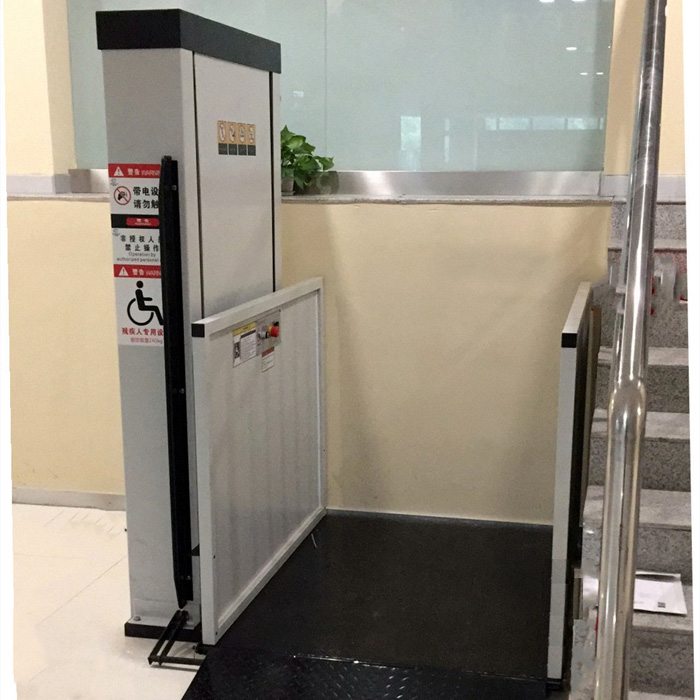
Inclined platform lifts and vertical platform lifts are both types of accessibility equipment that help individuals with mobility challenges navigate different levels of a building. While they serve the same purpose, there are distinct differences between the two types of lifts that make them suitable for different situations.
Inclined platform lifts are typically installed on staircases and follow the slope of the stairs. They feature a platform that moves along a track attached to the stairs, allowing individuals to safely and comfortably travel between levels. Inclined platform lifts are a popular choice for buildings with curved or narrow staircases, as they can be customized to fit specific stair configurations. They are also a cost-effective solution compared to vertical platform lifts, as they require less structural modifications to install.
On the other hand, vertical platform lifts are designed to move individuals straight up and down between levels. They feature a platform that travels on a vertical track, providing a more direct route for individuals with mobility challenges. Vertical platform lifts are ideal for buildings with limited space or where a straight vertical lift is more practical than following the slope of the stairs. While vertical platform lifts may require more space and structural modifications to install, they offer a greater level of accessibility and convenience for users.
